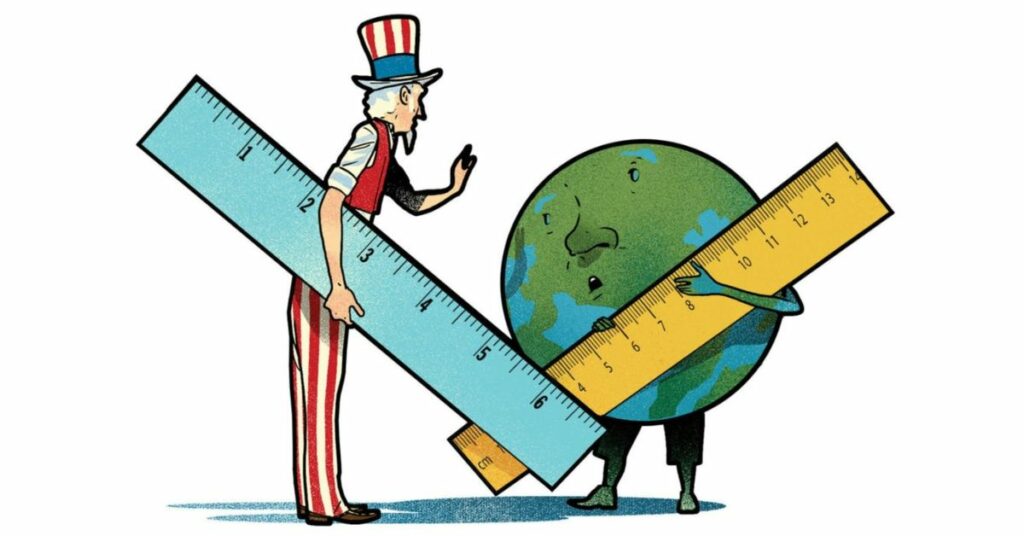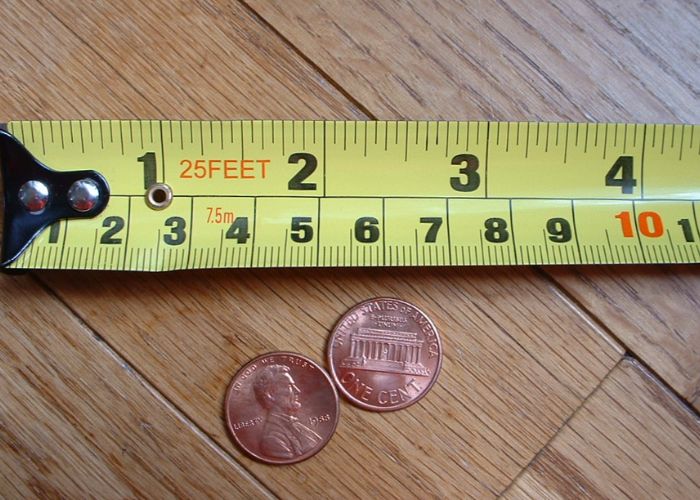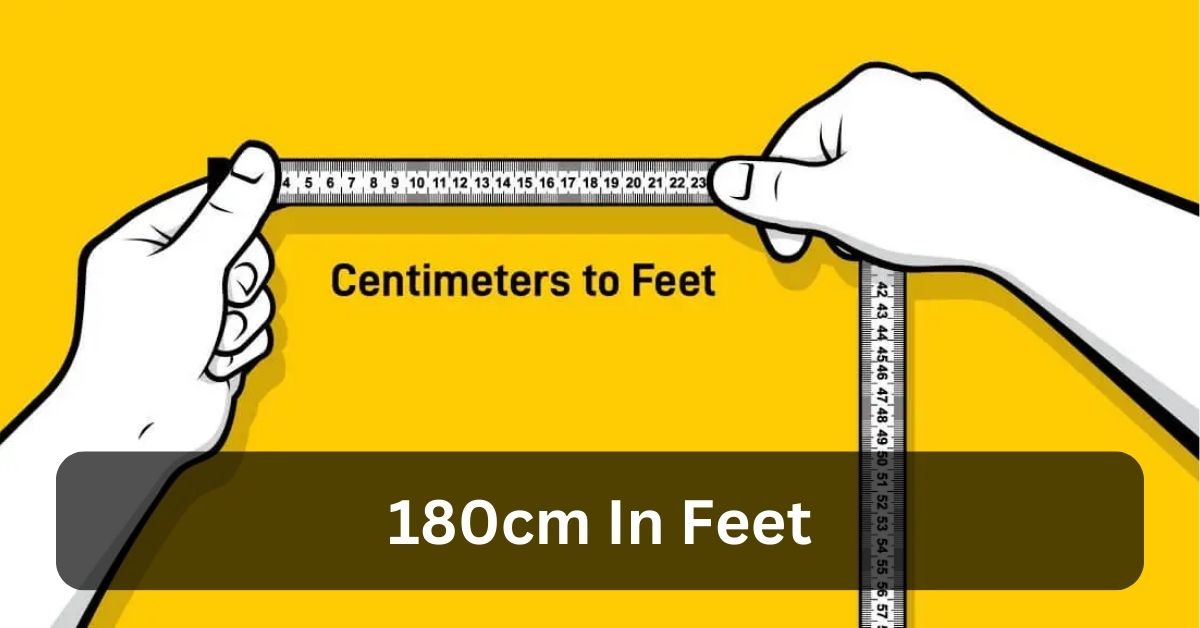180cm In Feet – The Ultimate Guide For You!
Height is a fundamental aspect of human anatomy, often measured in various units across different regions of the world.
While the metric system predominantly uses centimeters (cm) to measure height, the imperial system, notably in countries like the United States, favors feet and inches.
In this article, we’ll delve into the conversion of height from centimeters to feet and inches, focusing particularly on the commonly queried height of 180cm.
Understanding the Metric and Imperial Systems:
Before delving into the conversion of 180cm into feet and inches, it’s essential to understand the basic units of measurement in both the metric and imperial systems.

Metric System:
The metric system is based on units of 10. The basic unit for measuring length or distance is the meter, which is divided into centimeters (1 meter = 100 centimeters) and millimeters (1 meter = 1000 millimeters).
Imperial System:
The imperial system, also known as the British Imperial System, uses feet and inches for measuring length or distance. One foot is equal to 12 inches.
Conversion of 180cm to Feet and Inches – Let’s Check Now!
To convert 180cm to feet and inches, we’ll utilize the conversion factors between centimeters and feet.
- 1 foot = 30.48 centimeters
- To convert centimeters to feet, we divide the length in centimeters by 30.48:
- 180 cm ÷ 30.48 cm/foot ≈ 5.91 feet
- Now, to determine the inches, we’ll use the remainder from the division above, which represents the remaining length after converting to feet:
- Remainder = 180 cm – (5.91 feet × 30.48 cm/foot) ≈ 180 cm – 180 cm ≈ 0 cm
- This implies that there are no remaining centimeters after converting to feet. Therefore, 180cm is approximately equal to 5 feet and 11 inches.
Read Also: Error: Src Refspec Main Does Not Match Any – Ultimate Guide!
Interpretation and Visualization – Delve Deeper!
When we express a height of 180cm in feet and inches, it is approximately 5 feet 11 inches. This height falls within the range of average heights for adults in many parts of the world.
Understanding height in feet and inches can provide a more relatable context for individuals accustomed to the imperial system.
Comparing 180cm Height:
- A standard door frame is typically around 6 feet 8 inches tall. A person of 180cm height would stand slightly below the top of the frame.
- The average height of an adult male in the United States is around 5 feet 9 inches (175.26 cm), making someone who is 180cm slightly taller than average.
- In basketball, where height is often a significant advantage, a player of 180cm would be considered relatively tall for positions like point guard or shooting guard.
Read Also: Bit.Ly/Windowstxt – Your Guide To Easy Method In 2024!
Cultural and Social Implications – Check It Out!
Height can have cultural and social implications, influencing perceptions of attractiveness, authority, and even career opportunities.

In many societies, taller individuals are often perceived as more dominant or successful, leading to potential biases in various aspects of life, including employment and relationships.
Furthermore, it’s essential to recognize that height norms exhibit considerable diversity across various cultures. What may be deemed tall, such as a stature of 180cm, in certain areas could be perceived as average or even below average elsewhere.
Appreciating and comprehending these cultural distinctions is paramount not only for sidestepping stereotypes but also for fostering an environment of inclusivity and understanding.
Conclusion:
While the metric system primarily employs centimeters (cm) for measuring height, the imperial system, particularly in nations like the United States, leans towards feet and inches.
Frequently Asked Questions:
1. Why do height norms vary across cultures?
Height norms differ due to cultural diversity, where perceptions of tallness or shortness vary depending on societal standards and traditions.
2. What’s considered tall in one culture might be average in another – why?
Cultural differences in height perceptions mean that what constitutes tallness in one society may align differently with average or below-average standards in another, reflecting diverse perspectives.
3. How does understanding height norms across cultures benefit us?
Understanding height norms fosters inclusivity by helping us appreciate diverse perspectives and avoid stereotyping based on physical attributes.
4. Why is it important to acknowledge both metric and imperial systems for height?
Recognizing both metric (centimeters) and imperial (feet and inches) systems acknowledges global diversity and ensures effective communication across different measurement standards.
5. Why is it crucial to avoid height-related stereotypes?
Avoiding height-related stereotypes promotes respect and equality, recognizing that individuals vary in height for various reasons beyond cultural norms.
6. How can awareness of height norms enhance cross-cultural interactions?
Awareness of height norms facilitates respectful interactions by preventing misunderstandings and promoting appreciation for diverse cultural perspectives on physical attributes.
Read Also:

